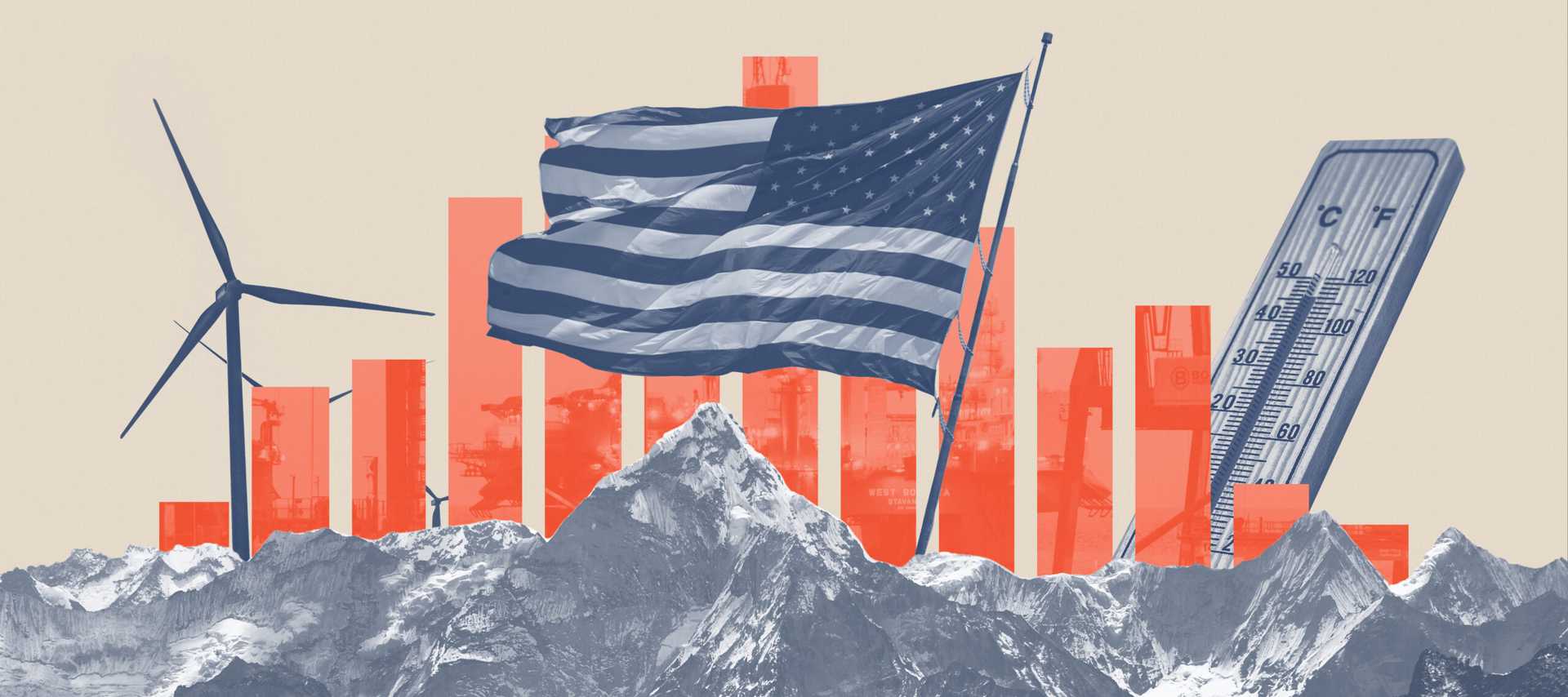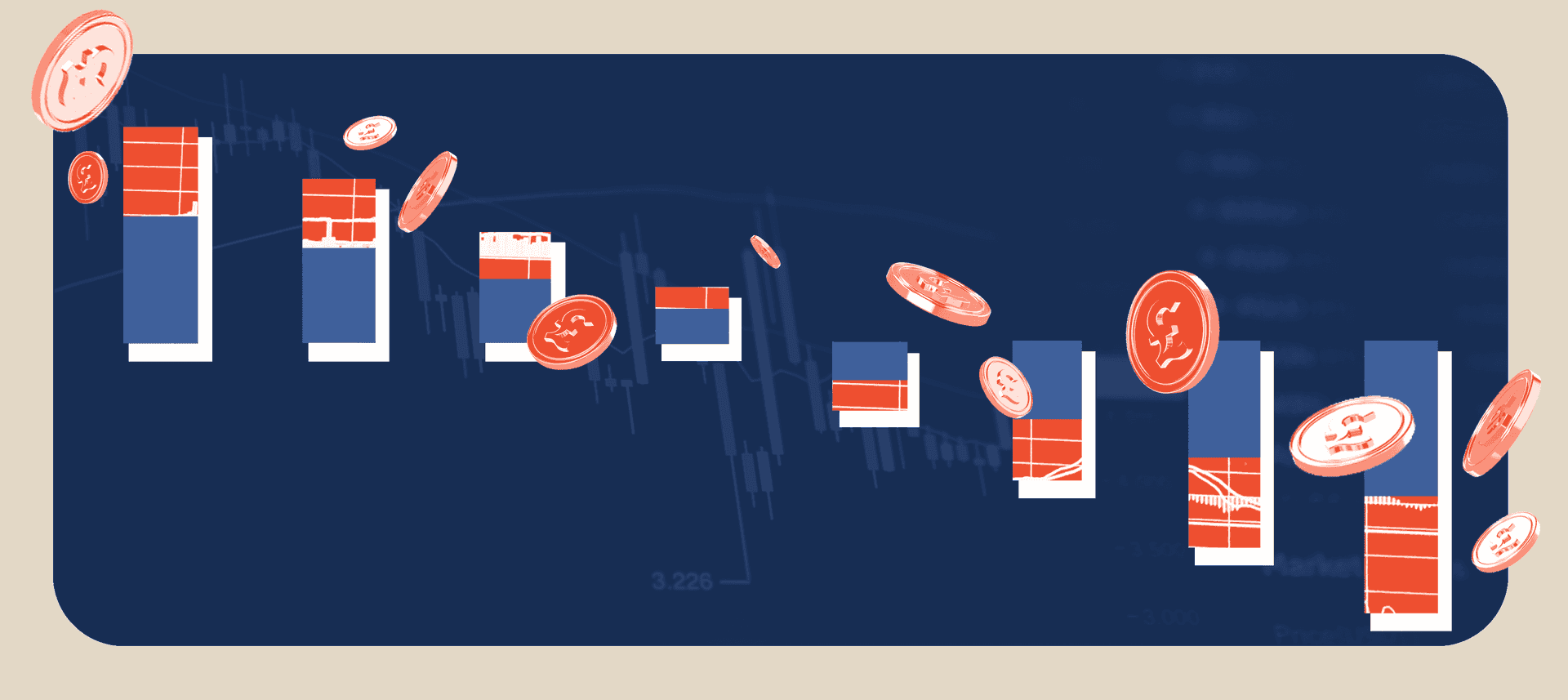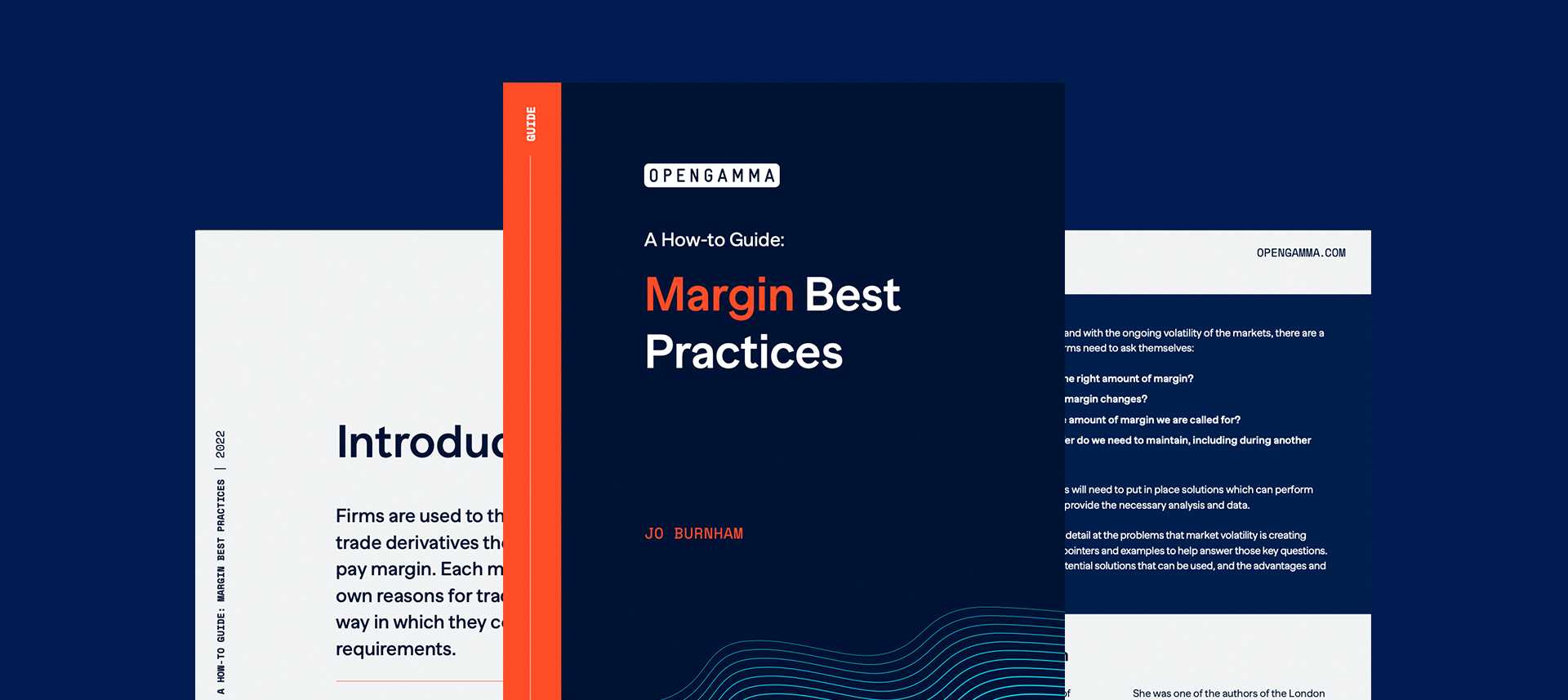US Electricity markets saw a lot of volatility last year. Weather was probably the main factor, with bouts of both extreme cold and extreme heat leading to increased demand. Storm Elliott meant that between December 21 and 26 there were blizzards, significant snowfalls and record low temperatures across all parts of the US, with almost 75% of the population under some form of weather warning. And these extremes inevitably lead to power supply issues.
There were other factors that also contributed to large fluctuations in prices, in particular the aging infrastructure and lack of storage to meet peak demand. This was compounded by more reliance on renewable energy, such as solar and wind, where supply can be unpredictable in unusual weather conditions. The result was requests to consumers to limit their usage and a series of power outages.
With this volatility in mind, we decided to conduct some analysis on margin levels in the US Electricity markets. We wanted to see how they had changed over the last year and look at the drivers of that change.
For this exercise we chose four representative contracts listed on ICE:
- CAISO SP15 day ahead monthly futures
- PJM Western Hub real time monthly futures
- ERCOT North 345KV real time monthly futures
- MISO Indiana Hub real time daily futures
For each of these we looked at how the margin varied over the year, both in absolute and relative terms. We considered different expiration dates as well as the impact of holding a position to expiry.
Where we saw big changes in the margin we looked at the reasons behind this, taking into account the way that the CCP reacts to moves in price and how time to expiry can be a significant factor in the level of requirements.
We also looked at the impact of the changes seen in margin, and in particular how stress testing can be used to help firms understand the likely impact of price volatility on margin and to highlight the sorts of stress scenarios that should be considered.
Margins
For each of the contracts listed above we have produced the following charts to highlight margin changes and their relationship with prices:
- Margin rates compared with settlement prices
- Margin as a percentage of settlement prices
We have looked at three different examples of the margins:
- 6 month expiry – i.e. rolling the position so that it is always the future expiring in 6 months
- Front month – i.e. rolling the position so that it is alway the front expiry
- To settlement – leaving the position unchanged (selecting the contract that expires at the end of the analysis period)
We also looked, for a given date at the end of the year, how the margin rate varied depending on the contract expiry.
We are continuing with our analysis on the rest of the data and will publish any other insights that we discover. As an example, we are investigating the potential use of AI to predict the impact of price shocks on margin requirements.
SPM
SPM futures are monthly cash settled futures based on the mathematical average of daily prices calculated by averaging the peak hourly electricity prices for CAISO SP15 day ahead.
- As can be seen from the charts above, the margin for a 6 month forward contract as an absolute value was relatively stable over 2023.
- However, because of the price volatility, the margin requirement varied considerably in percentage terms, going between a low of 5% to a high of 20% of value.
- Margin levels for front month contracts fell considerably over the year, from a high of around $200 to around $10 by the end of the year.
- As a relative amount, margin peaked at over 350% of value following a large fall in price, but it now sits at around 25%.
- On a relative level, front month margin is around 3 times higher than the requirement for later expiries
- When we looked at a position held to expiry, the margin requirement was relatively constant. This was the result of the large price drops seen over the period resulting in reductions in margin requirements rather than margin not rising as the contract approached expiry. Over a different period we would expect to see a significant increase in margin levels just before final settlement.
PJM
PJM futures are monthly cash settled futures based on the mathematical average of daily prices calculated by averaging the peak hourly electricity prices for PJM Western Hub real time.
- Margin for a contract 6 months to expiry remained fairly constant over the year at an absolute level and only varied between 6% and 12% of value over the period.
- There was a small drop in margin for a front month at the start of the year, coinciding with a drop in the price. The lag in reacting to this price change meant that as a percentage of value, margin peaked at around 70%.
- However, for most of the year, margin for a front month position was relatively level in both absolute and relative terms.
- As a comparison, at the end of the year the margin rate varied from just over $6 for a front month contract to just over $2 for back month contracts, meaning margin is 3 times higher for a contract approaching expiry.
ERN
ERN futures are monthly cash settled futures based on the mathematical average of daily prices calculated by averaging the peak hourly electricity prices for ERCOT North 345KV Hub real time.
- Over the year, the margin for a 6 month expiry contract was fairly consistent.
- However, margin levels varied as a percentage of value from around 3% to 15% because of the price volatility.
- There was more change in the front month margin. In particular requirements rose in Fall on the back of price volatility and significant price rises, but then dropped back down again at the end of the year.
- A delay in reducing margins as prices reduced meant that for front month contracts requirements peaked at 300% of value. During the year margins on these contracts were regularly over 100% on a relative basis.
- Considerable differences in requirements were seen as contracts moved towards expiry. The margin for a front month contract at the end of the year was 7 times that for a back month contract.
IDP
IDP are daily cash settled futures based on the mathematical average of peak hourly electricity prices published by MISO for the location MISO Indiana Hub real time.
- IDP prices are very volatile but this is not reflected in margin levels which were fairly consistent over the year as an absolute value.
- This is particularly true for front day prices which show extreme variation in prices but the margin requirements were consistent over the year. However, the same is not true if you look at requirements as a percentage of value which over the year varied from 50% to 300%
- There are large differences in margin as a contract moves towards expiry. The requirements for a front day contract at the end of the year were 8 times that of later expiries.
Conclusion
The data that was collected and analyzed was for similar contracts based on average prices at various electricity hubs. All are subject to price volatility, impacted by supply and demand that varies based on many factors including weather. This volatility is most evident in prices for the MISO daily contract, with the monthly contracts showing far fewer changes, although there were some significant moves seen particularly in front month contracts.
There is no single pattern in the way margin changes even for similar contracts, but there are some general observations that can be made:
- The margin for front month contracts is significantly higher than that for back months. For these samples it was between 3 and 8 times higher. This means that if you hold a position to expiry the margin requirement will increase significantly over time.
- Margin can exceed 100% of value, particularly for front month contracts where there can be sudden changes in prices. During 2023 there were examples of margin being over 300% of margin.
- There is a lag in reaction to price drops being one of the reasons why margin can be a high percentage of value. This is for SPAN style margin where new parameters need to be set before the margin changes. With a move to VaR the way that margin reacts to these sudden price changes will be different.
- The daily contracts have very volatile prices but consistent margins. This occurs because the margin requirements are overall a higher percentage of value than less volatile priced contracts. The levels have been set to ensure that they can cover even the worst moves sometimes seen in daily contracts. This means that margin is less likely to be impacted by any price change.
This unpredictability in margin requirements can make it difficult to answer a number of questions:
- What will be the lifetime margin costs for a given trade?
- How much margin will I have to pay in the short and long term based on various market conditions?
- What size liquidity buffer should I hold to cover possible increases in margin?
The best way to answer these questions is to implement stress testing to predict the possible impact on margin requirements of different price moves. The usual assumption is that as prices go up so does margin, but this isn’t always the case. For many portfolios it could be that the worst scenario could be no price move and positions moving towards expiry. Requirements could go up with margin rates increasing and offsets being lost as contracts expire.
This style of stress testing is not easy to implement. It requires the ability to calculate initial and variation margin across multiple methodologies and to predict the impact of price move scenarios on margin. It must also be able to age portfolios to determine how requirements will change as positions move towards expiry. For this it is often best to use a solution like OpenGamma that can support the required functionality.
































